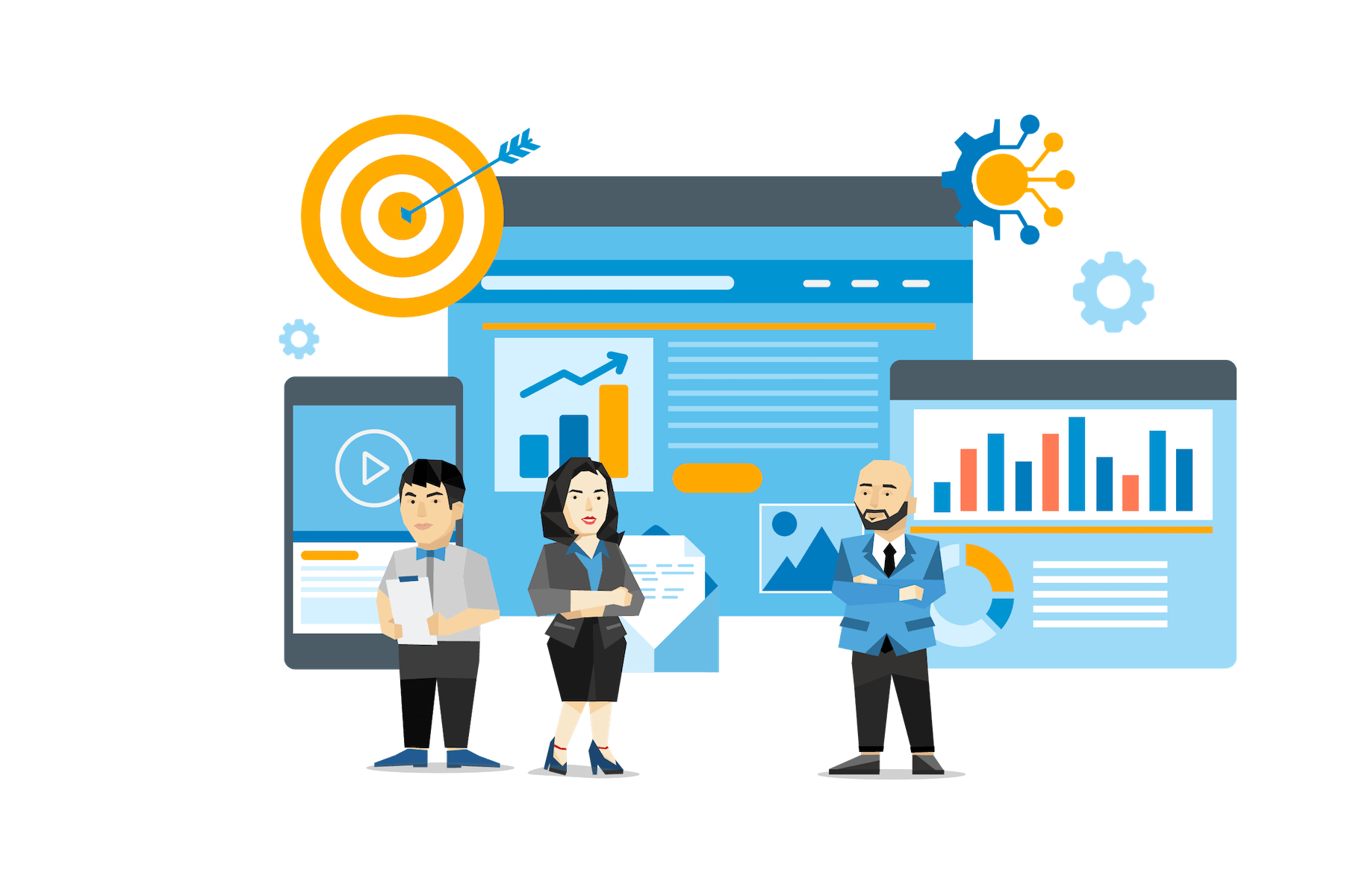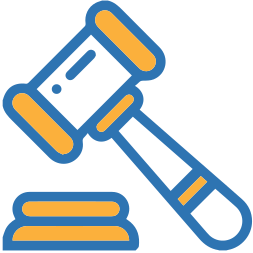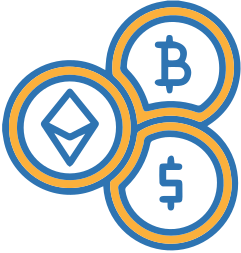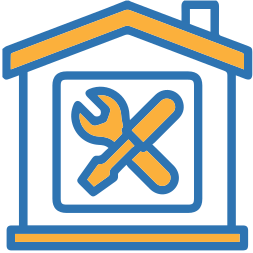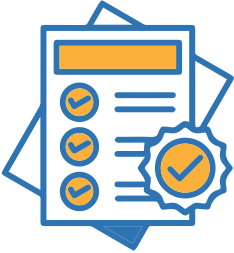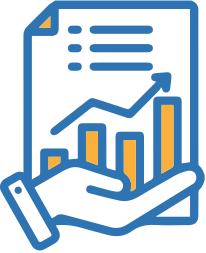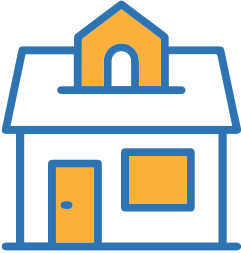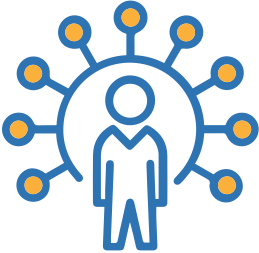Defining The Buyer’s Journey For Your Sales And Marketing Strategy
When a customer experiences a problem or a challenge that they haven’t experienced before, they rarely go out and immediately purchase a solution. Getting to the point where they are ready to make a purchase tends to require information to satisfy the expressed need. This evaluation and consideration process a prospect goes through is known as the buyer’s journey. Understanding the buyer’s journey will allow your marketing and sales teams to focus their effort on guiding prospects towards a purchase.
What Is The Buyer’s Journey?
The buyer’s journey refers to the different steps that a buyer takes once they realize they have a challenge or need. They begin a search to find a product or service that will address that specific challenge or need. The reason it’s referred to as a “journey” is that it’s a process of discovery that the buyer takes that is unique to their situation. The journey becomes a research project in which the buyer learns about their problem, finds out about potential solutions, decides what solution suits them best, and then makes a decision as to who they want to purchase the solution from.
While these are the basic steps that every buyer takes, every journey is unique. Buyers will spend various amounts of time on different aspects of their research, will use diverse channels online to do their research, and will engage with brands in different ways.
What Are The Stages Of The Buyer's Journey?
While the buyer’s journey is unique for every buyer, it can be categorized into three main stages: the awareness stage, the consideration stage, and the decision stage. Not only will understanding what each stage entails allow you to create more effective marketing and sales strategies that address the specific needs that buyers have during each stage, but they make it easier to identify how far along the buyer’s journey different prospects are.
This makes it easier to pinpoint when prospects are ready to be engaged allowing businesses to send the right message at the right time. Engaging a prospect who is not ready can chase them away, while not engaging a prospect who is ready can result in a lost sale.
The Awareness Stage
The awareness stage is the stage during which buyers become aware of what their problem is. It’s at this point that they are researching their problem to more clearly define what it is and why they have it.
The Consideration Stage
During the consideration stage, the buyer will know what their problem, challenge, or need is and will be doing research about the solutions that are available to determine which solution is best for them.
The Decision Stage
Once the buyer has chosen a solution that best fits their particular needs, they will begin researching the different products or services that offer that solution. They will also be comparing different brands to determine not only what product or service they want to purchase, but who they want to purchase it from.
Creating Content And Value For Each Stage Of The Buyer’s Journey
One of the major reasons behind the importance of understanding and breaking the buyer’s journey down into stages is to guide your content marketing strategy. Content is what will help to educate and nurture your leads to build trust as they go through their decision making process. You need to create content that addresses the needs that a buyer has at each stage of the buyer’s journey. However, it’s not as simple as just creating three types of content for each of the three stages. This is because the buyer’s journey isn’t linear. It means that:
- A buyer could find your website in the midst of their decision stage, then backtrack to the awareness stage after realizing that the products they’re considering won’t solve their problem. Similarly, a buyer could go all the way through the buyer’s journey only to go back to the consideration stage after being in the decision stage.
- Different buyers will be at different stages of the buyer’s journey while using different channels. For example, one buyer could be in the awareness stage while exploring your Facebook page, while another could be in the decision stage, even though they too are on your Facebook page.
Not being linear means you need to create content that offers value to buyers no matter what stage they’re in or what channel they’re using.
Types Of Content For Each Stage Of The Buyer’s Journey
The main reason for understanding the buyer’s journey and its different stages is that the needs of the buyer change from one stage to the next. By understanding what those stages are, you can create content that better addresses the specific needs of your prospects in the context of where they are in their journey.
Creating content that addresses every stage of the buyer’s journey helps ensure that prospects will be guided through each stage without having to be engaged right away. Few prospects are ready to engage until they reach the end of their journey. In fact, most B2B buyers will make their way through 70 percent of their journey on their own before they engage with a sales rep. This means that you should generate content that will educate your prospects at every stage of their journey. The more effective your content is, the more likely it is that they will reach the last stage of their journey and be willing to engage with you.
Because the needs of your prospects will change from one stage to the next, you will need to create different types of content that address those different needs and that will nurture your prospects through their journey.
Types Of Content For The Awareness Stage
One of the most important things to note is that the buyer does not know who you are at the beginning of the awareness stage. This requires you to create content that they can find wherever they are starting their research. Most buyers will begin their research with a basic Google search, so you’ll create content that is optimized for buyer persona-based search intent.
- Blog Posts
- Ebooks
- Checklists
- Educational Webinars
- FAQs
Types Of Content For The Consideration Stage
Once you’ve helped bring awareness to the buyer’s needs as well as to your company, you then provide content on how you can solve their problem. You can present a solution to buyers who are in the consideration stage as well as showcasing your expertise and building trust. This way, once the buyer has become properly educated about the solutions that are available, your business will end up being one of their options when they move to the decision stage.
- Whitepapers
- Reports
- Demo Videos
- Product Webinars
- Testimonials
A good testimonial will showcase a previous buyer who vouches for your company and your product or service by explaining how it helped to solve their problem. Testimonials are a great way to build trust.
Types Of Content For The Decision Stage
During the decision stage, the buyer will be comparing various products or services from different companies. The content you create for the decision stage should be aimed at convincing them that your product or service is the best option and they should choose your business.
- Case Studies
- Live Demos
- Free Trials
- Coupons or Special Promotions
- Free Estimates
- Free Consultations
Mapping The Buyer’s Journey
Mapping the buyer’s journey is the process of identifying where buyers are looking for content at every stage of their journey, what kinds of content they’re looking at, what types of actions they’re taking at every stage, and more. Mapping the buyer’s journey can be challenging, especially when you consider that different types of buyers take different paths to get to the point of purchase. However, by mapping the buyer’s journey, you’ll be able to optimize your marketing efforts to ensure that you address the needs of each buyer at each stage of their buyer’s journey, no matter what channel they’re on.
How To Map The Buyer’s Journey
Because different types of buyers have different journeys, your buyer personas will offer great assistance with mapping. Since buyer personas help provide you with information about their needs, goals, challenges, and even their online preferences, they will be incredibly helpful when it comes to mapping out the buyer’s journey and creating content at every stage of the journey.
Generally speaking, it’s probably best if you start off mapping the journey for your primary buyer persona. It’s this persona that you want to make sure is effectively guided through the different stages of the buyer’s journey. Just remember that you’re not limited to creating just one buyer’s journey. You will still be able to create content that addresses every stage even if you have multiple buyer journeys that follow different paths. Work your way through your buyer personas to create several buyer journey maps.
Work Backwards From Your Solution Or Service Offerings
Once you’ve identified a buyer persona for mapping a buyer’s journey, you might be tempted to start from the beginning. However, you will find that it’s easier to begin at the purchase point and to work your way backwards. Identify the product or service the persona purchased. Then ask yourself what problem the persona had that led to that purchase. You can then track their journey from the decision stage back to the awareness stage and determine exactly what types of content will address each stage of your persona’s journey.
Decision
There are several questions to ask that will help track the buyer’s journey from the point of purchase backward to the beginning of the decision stage. These questions should include the following:
- How did they make the purchase? – Did they make the purchase on your e-commerce page? Did it come via a PPC ad? Was it through an email suggesting a solution that you sent?
- What factors led to the decision? – Why did they choose your product or service over similar offerings from other competitors? What criteria did they use? What did they like about your product or service — or company — that led to their decision?
- What actions did they take prior to the purchase? – Did they try a free trial first? Did they speak with a sales representative and how many times did they interact?
- What questions did they ask? – What questions did they ask and where did they ask them prior to the purchase? Did they raise any concerns?
Consideration
Since the buyer has identified a specific problem, you will want to question what led them through the consideration stage and into the decision stage.
- How did the solution they chose match their purchase? – Consider the product or service they bought and determine why they settled on that solution. Was it the features? The price?
- What types of solutions were they looking at? – Consider the different products or services that they were considering to help address their problem.
- How were they educating themselves? – Where were they looking for information about solutions and what kinds of content were they consuming and downloading?
Awareness
At this point, you can begin putting together the beginning of your persona’s journey. Some of the questions you will want to answer include:
- What problems initiated their search? – What triggered the problem or challenge that led to the buyer beginning their journey? For example, an IT professional searching for a solution to the challenge of consolidating their company’s databases may have resulted from a merger. This merger would be what triggered their challenge.
- What were they searching for? – What types of questions and information were they specifically looking for and on what channels were they performing these queries?
- How did they find you? – Was it through a Google search for a specific query? Or did they find you through a social media ad? There are many ways in which they may have stumbled upon your company, which will provide you with helpful information on how they got to that point in the first place.
Additional Elements Of The Buyer’s Journey To Consider
Working backwards is a good way to discover what types of content to create for each stage of your buyer persona’s journey. However, you will also want to identify a few more specific elements that will allow you to see the path your buyers are taking in more detail. Identifying the touchpoints, actions, and obstacles of your customers will help you to optimize your buyer’s journey and to make it a much more smooth process for future customers.
Identify Touchpoints
Touchpoints refer to any points at which a buyer interacts with your business. This can include visiting a page on your website, visiting your Facebook page, commenting on a blog post, clicking on a CTA, and more. Touchpoints are like a trail of breadcrumbs that you can follow to get a clear look at any buyer’s actual path and identify the channels they’re using.
Identify Actions
Whereas touchpoints are any point of interaction, actions help identify engagement, such as downloading content offers, filling out an email form, contacting customer support, posting on your social media profile, and more. Their actions can reveal what kind of information they’re searching for, which can help you identify pain points more clearly.
Identify Obstacles
The actions and touchpoints you’ve identified can help determine if there were any obstacles that prevented buyers from taking the next step or even from advancing from one stage of the buyer’s journey to the next. For example, they may have followed a series of links that ended on a page without a CTA to provide them with further direction, causing them to just leave your website.
Understanding The Buyer’s Journey Is Essential To The Success of Your Marketing Strategy
It can require a lot of time and effort to map your buyer’s journey and then to optimize it to each one of your buyer personas. However, doing so will give you a much better understanding of what your buyer personas are searching for and how they are making their decisions. You will be able to guide your marketing efforts more effectively and meet the needs of your customers at every stage of the buyer’s journey.

